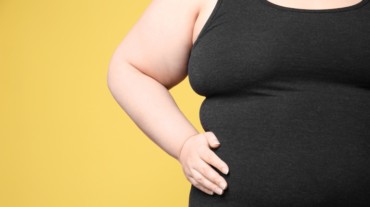
Uterine prolapse is an unvoiced symptom where the patient suffers but does not complain. Some studies show that one in eight women suffers from prolapse symptoms. Fifty percent of women above 50 years of age have some degree of pelvic organ prolapse.
Uterine prolapse is the abnormal descent of the uterus below its normal anatomical position. It is like a hernia.
It is usually associated with descent of the urinary bladder and the backpassage. There are three main areas where this type of prolapse occurs.
1. The front vaginal wall
2. The back vaginal wall
3. The top of the vagina
Prolapse can occur due to various reasons. Some of these are:

A good gynaecological examination can diagnose the condition, but usually the symptoms are lower backache, a dragging sensation in lower pelvic area, feeling of something coming out of vagina or a lump lower down, incomplete evacuation of bladder, frequent desire to pass urine/painful urination, constipation, excessive vaginal discharge and bleeding.
You can prevent prolapse by doing the following:

Depending on the age of the patient, if she wants to have more pregnancies, the treatment options can be conservative or surgical.
Conservative measures are used when uterine prolapse is in early stage or the patient is medically unfit for surgery. Conservative measures include the use a ring-like pessary (a small plastic or silicone medical device which is inserted into the vagina), use of oestrogen creams and good pelvic floor exercises. What is also important is adequate counselling and motivation of patients.
Various types of surgeries are available for uterine prolapse treatment. Your gynaecologist will decide on the type of surgery, which is tailormade for the patient depending on what part is prolapsed, the degree of prolapse and whether the uterus is to be conserved or removed. Surgery is mainly done from down below but may be down through the abdomen or using the endoscope. Newer modalities include use of mesh and special tapes.
Select Topics of your interest and let us customize your feed.
PERSONALISE NOW